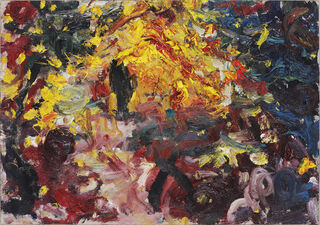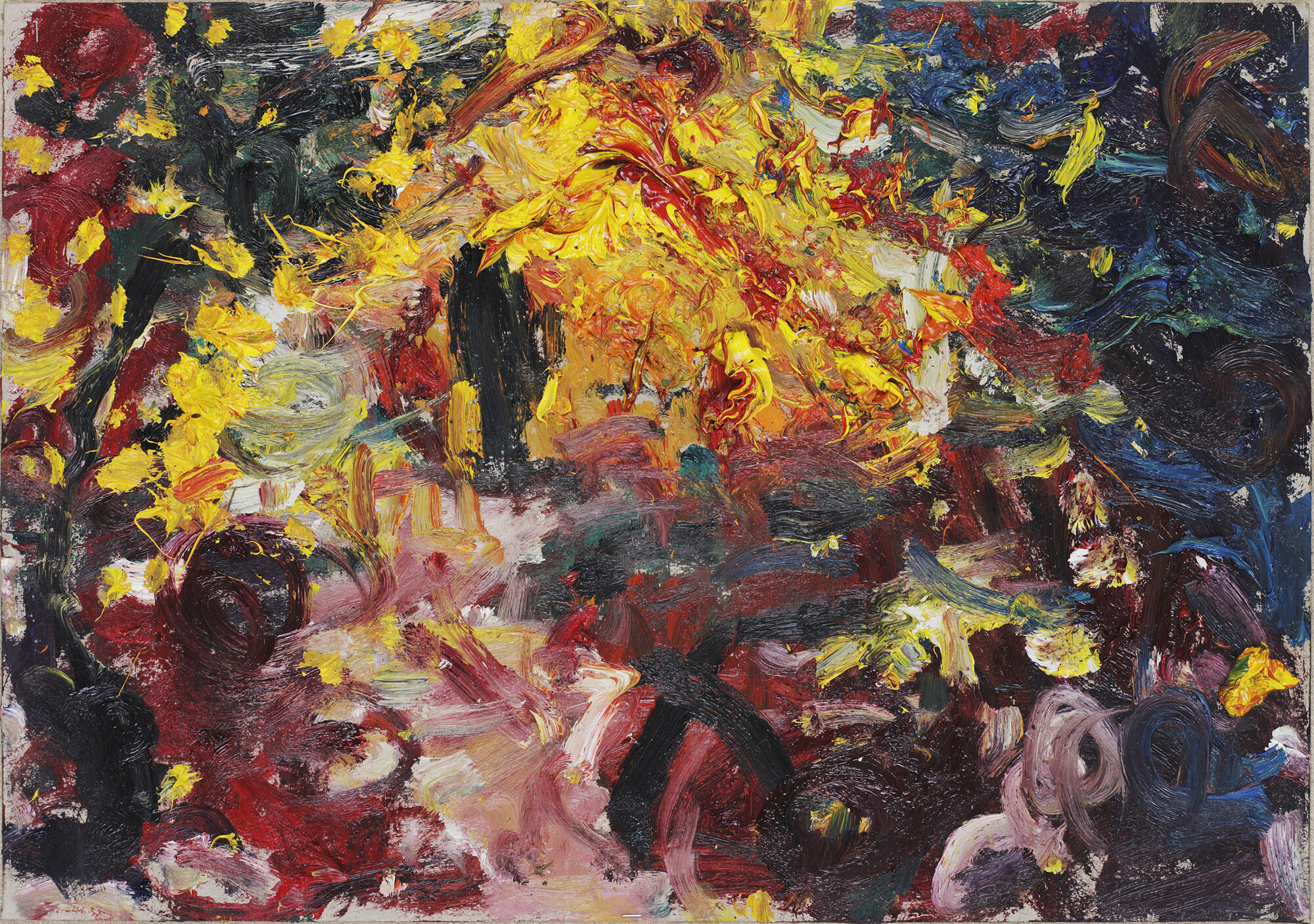Picture "Studio" (2011) (Unique piece)


Picture "Studio" (2011) (Unique piece)
Quick info
unique piece | signed | dated | oil on canvas | unframed | size 48 x 68 cm
Detailed description
Picture "Studio" (2011) (Unique piece)
Oil on canvas, 2011. Signed and dated on the back. Size stretched on stretcher frame 48 x 68 cm.
About Hartwig Ebersbach
Hartwig Ebersbach, born in Zwickau, Germany in 1940, studied at the Leipzig Art Academy. He is one of the most important contemporary artists.
"Painting is action," states Hartwig Ebersbach. He makes his expressive works sparkle with passion and spontaneity. In a churning swirl of impasto oil paint, the contours of his motifs sometimes dissolve beyond recognition.
He frequently transfers personal experiences and dreams onto the canvas. According to Ebersbach, his paintings reflect emotional outbursts in the highest form, "and then we should not be surprised that obscene, explosive and drastic paintings emerge."
In 1964, the artist had graduated from the Academy of Visual Arts in Leipzig under Bernhard Heisig and later also worked there as a professor in experimental art. For the communistic East German art establishment and their functionaries, however, Ebersbach and his work were not considered system-conformant. But even though he was still struggling with reprisal and exhibition bans in East Germany, he was already celebrating his first successes in West Germany from the beginning of the 1980s. Today, Hartwig Ebersbach is considered one of the most important contemporary representatives of German informal painting.
A one-of-a-kind or unique piece is a work of art that has been personally created by the artist. It exists only once due to the type of production (oil painting, watercolours, drawing, etc.).
In addition to the classic unique pieces, there exist the so-called "serial unique pieces". They present a series of works with the same colour, motif and technique, manually prepared by the same artist. The serial unique pieces are rooted in "serial art", a type of modern art, that aims to create an aesthetic effect through series, repetitions and variations of the same objects or themes or a system of constant and variable elements or principles.
In the history of arts, the starting point of this trend was the work "Les Meules" (1890/1891) by Claude Monet, in which for the first time a series was created that went beyond a mere group of works. The other artists, who addressed to the serial art, include Claude Monet, Piet Mondrian and above all Gerhard Richter.


